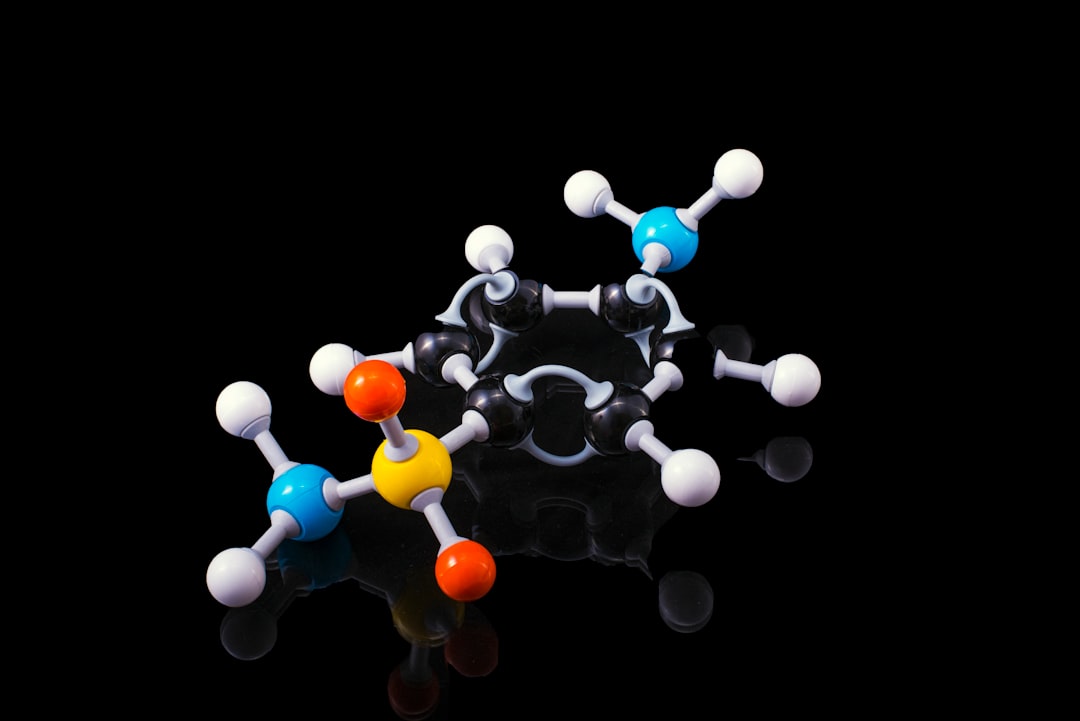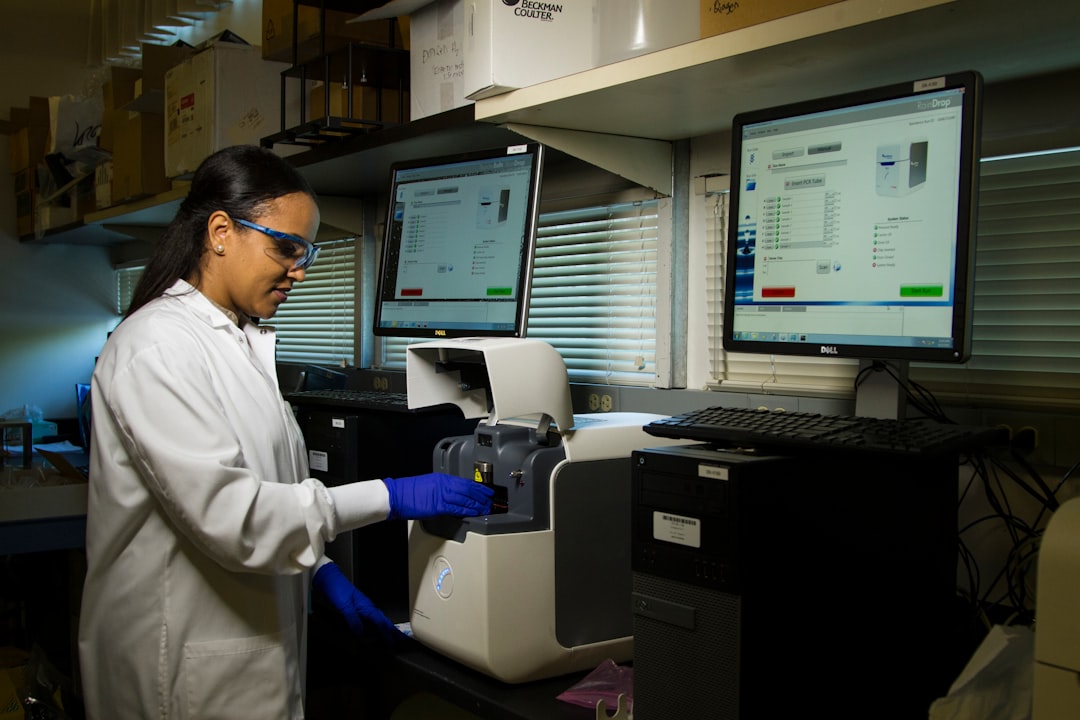What is it about?
Hydroxyproline is a non-essential amino acid found in collagen and few other extracellular animal proteins. It's two isomeric forms trans-4-hydroxy-L-proline and trans-3-hydroxy-L-proline play a crucial role in collagen synthesis and thermodynamic stability of the triple-helical conformation of collagen and associated tissues. Various abnormalities in hydroxyproline metabolism have been shown to play key roles in the pathophysiology and pathogenesis of different diseases. The elevated level of hydroxyproline is observed in several disorders, e.g., graft versus host disease, keloids, and vitiligo while its decreased level is a marker of poor wound-healing. This review explores the potential of using hydroxyproline as a biochemical marker to understand the pathogenesis, molecular pathophysiology and treatment of these diseases. The review concludes with an outlook on the scope and challenges in the clinical implementation of hydroxyproline as a biomarker.
Featured Image
Read the Original
This page is a summary of: Hydroxyproline: A Potential Biochemical Marker and Its Role in the Pathogenesis of Different Diseases, Current Protein and Peptide Science, July 2016, Bentham Science Publishers,
DOI: 10.2174/1389203717666151201192247.
You can read the full text:
Contributors
The following have contributed to this page










